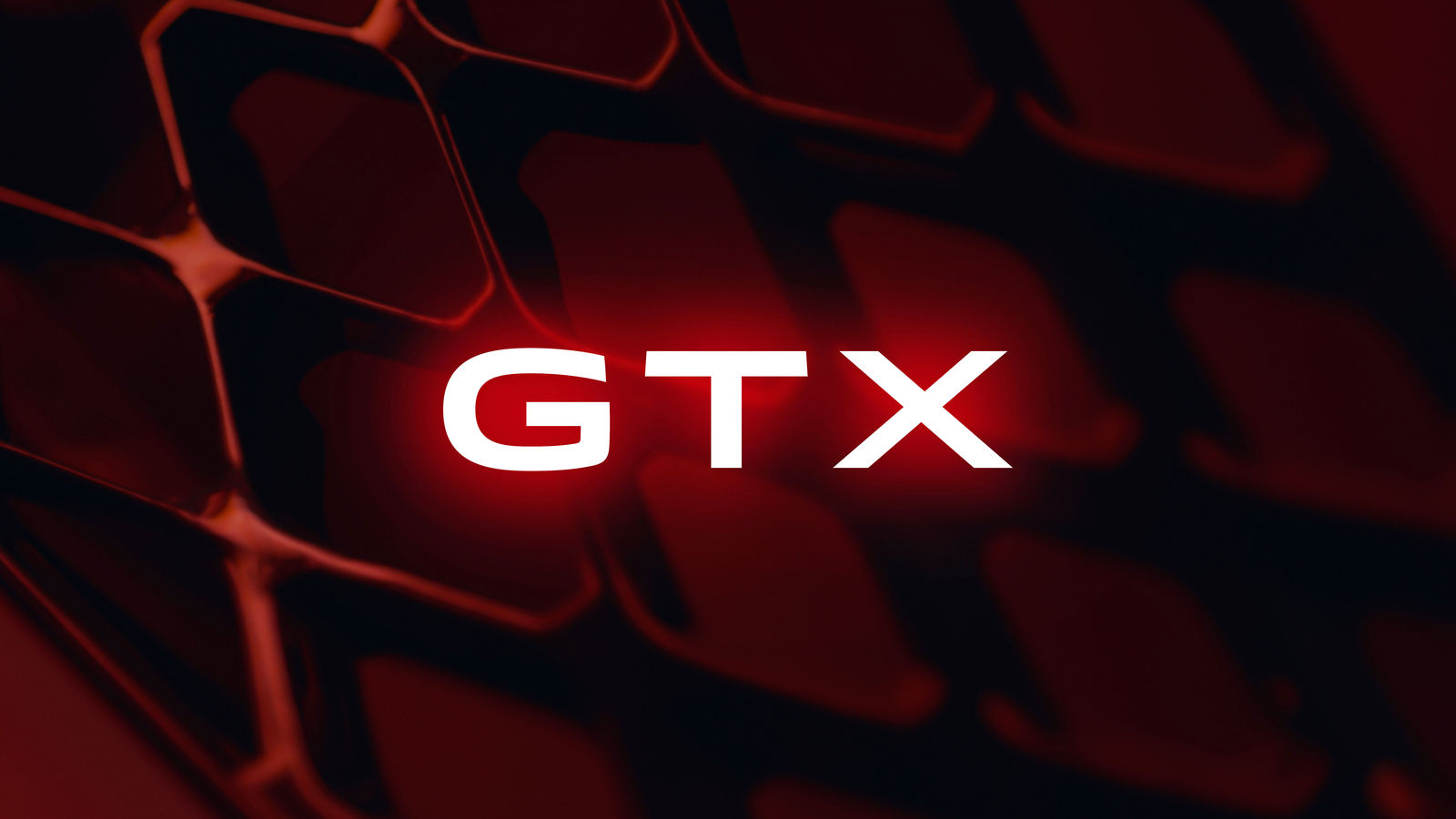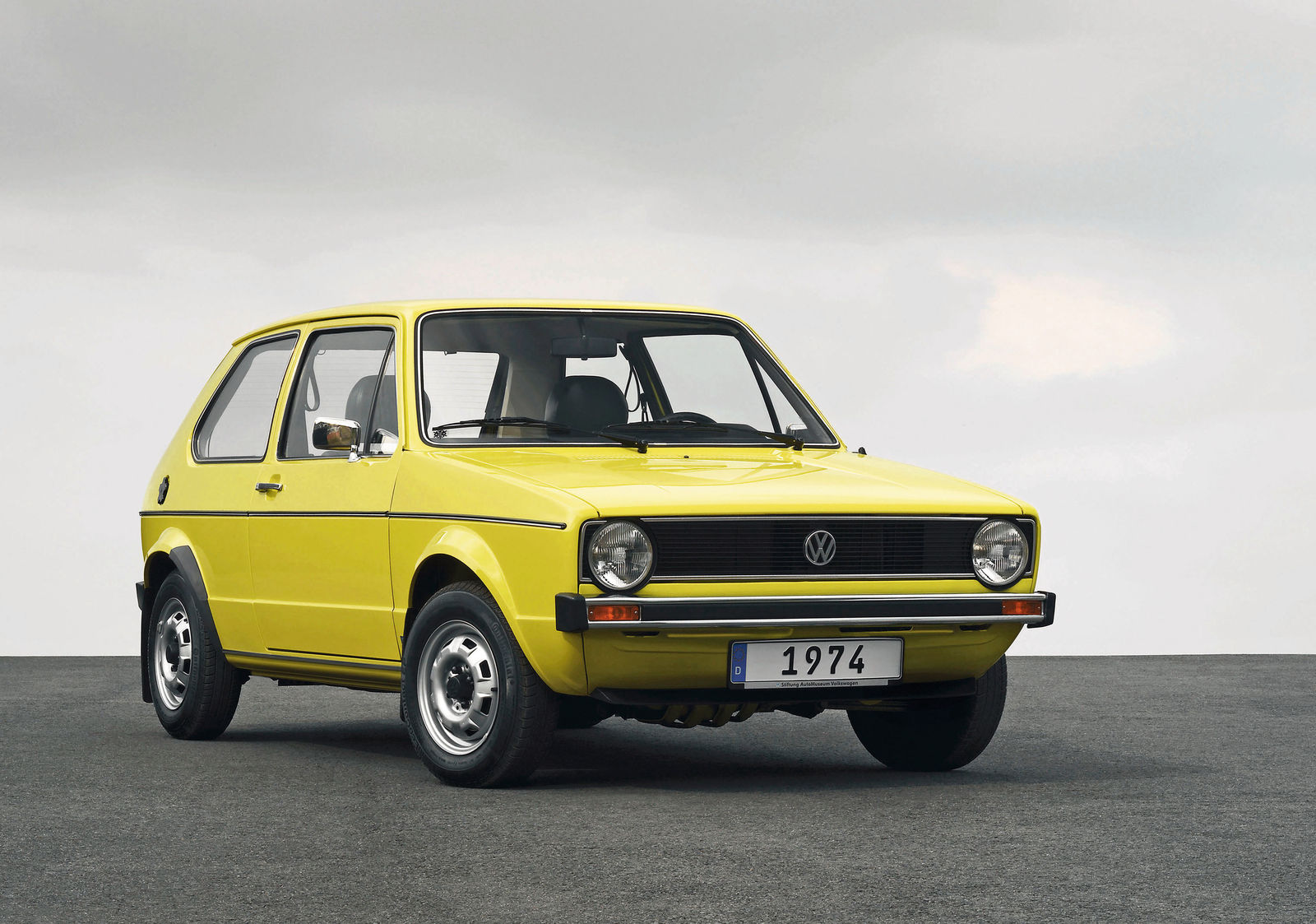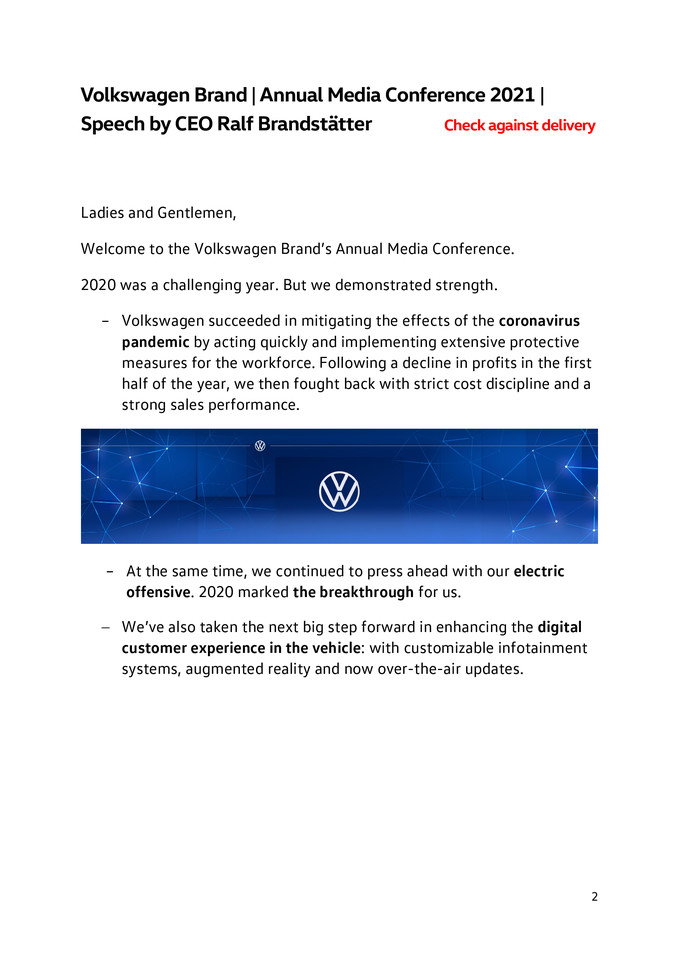In launching the first Golf GTI (in 1976) Volkswagen heralded the introduction of greater dynamism in this class, while the Golf D (naturally aspirated diesel engine, 1976) and the later Golf GTD (turbodiesel, 1982) marked the breakthrough for diesel cars in the compact segment. In 1979, with the Golf convertible – at times the world's best-selling open-top car – Volkswagen brought a breath of fresh air into a vehicle category that by that time had long been simply called the "Golf class." The global sales figures added up: 6.99 million vehicles of the first generation Golf, including all derivatives such as the convertible and the Jetta (at that time structurally identical), were sold across every continent of the globe – 0.87 million Golf cars per year. The Golf had proved itself a worthy successor to the Beetle. The Golf I design "It all began with a revolution in 1974," says Klaus Bischoff, Chief Designer for the Volkswagen brand since 2007: "The step from Beetle to Golf was truly revolutionary. The change from air-cooled rear engine to water-cooled front engine, and from rear to front wheel drive respectively, was a completely new vehicle layout at the time. Creatively, the Volkswagen designers changed from a round to an angular use of forms in those days, thanks to the legendary design by Giorgio Giugiaro. The main design elements of the Golf I, such as the silhouette of the upright, massive C-pillar, the prominent wheel arches and the typical horizontal front with slim grill and downwardly protruding headlights exist in every Golf to the present day." To really understand why the first Golf – this cubic, clear, compact Volkswagen – constituted a revolution on its debut 38 years ago, we have to go back to this period: in the early 70s, suddenly everything changed. The engine is no longer in the rear, as was the case with the Beetle, but in the front. Cooling is not implemented with air but with water.







